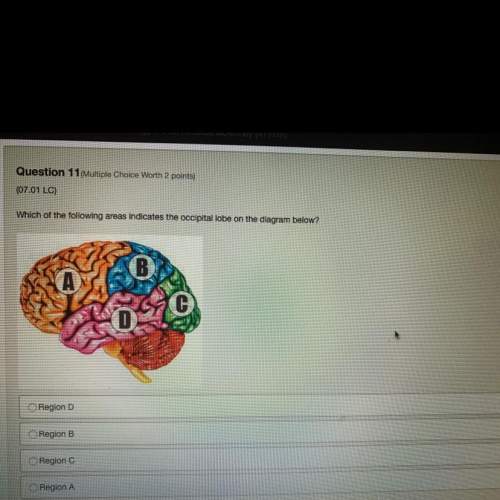

Answers: 2
Other questions on the subject: Biology


Biology, 22.06.2019 00:30, loveagirl111puppy
On a recent expedition to a remote region of northern canada, scientists uncovered skeletal remains from about 100,000 years ago. surprisingly, all the skeletal remains, which included many species from differing biological families and spanned about two thousand years, showed evidence of experiencing temperatures in excess of 1000 degrees fahrenheit (or 538 degrees celsius). which of the following, if true, best explains the apparent paradox between the cold environment and the evidence of the bones experiencing hot temperatures? (a) chemical changes that naturally occur during the process of decay in only one north canadian species produce the same evidence of the species' skeletons being exposed to hot temperatures as the expedition scientists found. (b) a little over 103,000 years ago, a large fire is known to have occurred in northern canada. (c) strong evidence exists that as early as 70,000 years ago, homo sapiens around the world relied heavily on fire to cook animals. (d) in the same expedition and in roughly the same layer of excavation, scientists found rudimentary wood cutting and hunting tools used by early humans.
Answers: 3

Biology, 22.06.2019 07:20, boo8181
Agroup of plant cells was exposed to radiation, which damaged the chloroplasts and caused them to lose function. if the mitochondria were unharmed, what would happen to the overall function of the plant cells? a. the cells would not be able to make food, but would be able to release energy from biomolecules. b. the cells would not be able to replicate dna, but would be able to break down waste. c. the cells would not be able to break down waste, but would be able to replicate dna. d. the cells would not be able to release energy from biomolecules, but would be able to make food.
Answers: 1

Biology, 22.06.2019 14:00, dakshshberry
Which tool could you see a plant cell? a. a filter b. a microscope c. a microwave d. an electromagnet
Answers: 1
Do you know the correct answer?
Which statement describes the motion of the sun?
A: The sun rotates at the same rate throughout
Questions in other subjects:





History, 30.01.2020 17:02

Mathematics, 30.01.2020 17:02

History, 30.01.2020 17:02

History, 30.01.2020 17:02

Mathematics, 30.01.2020 17:02







